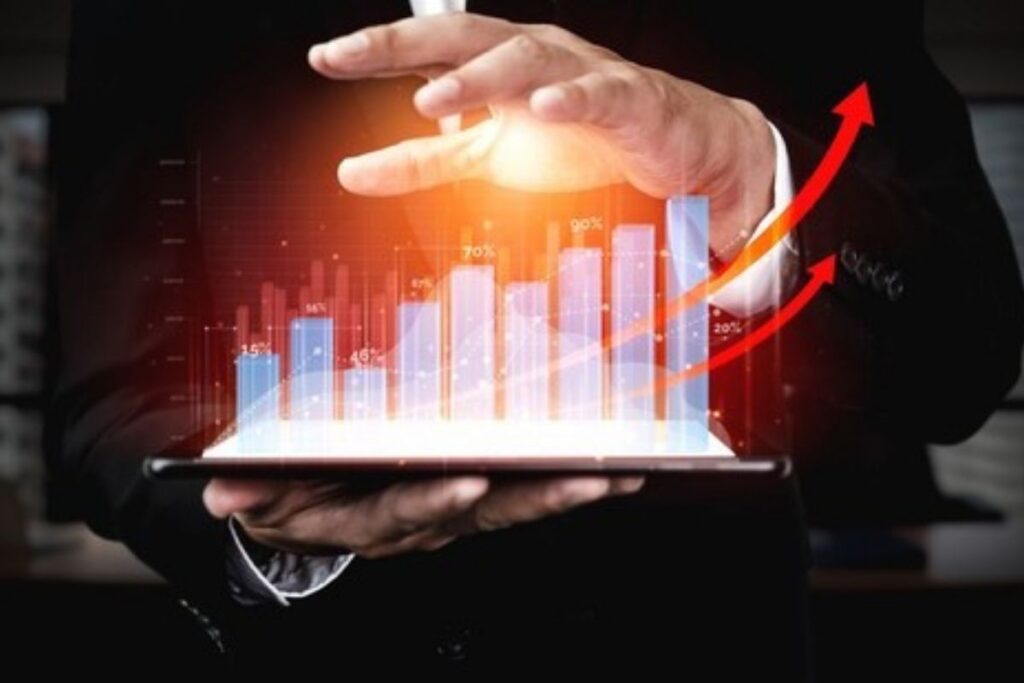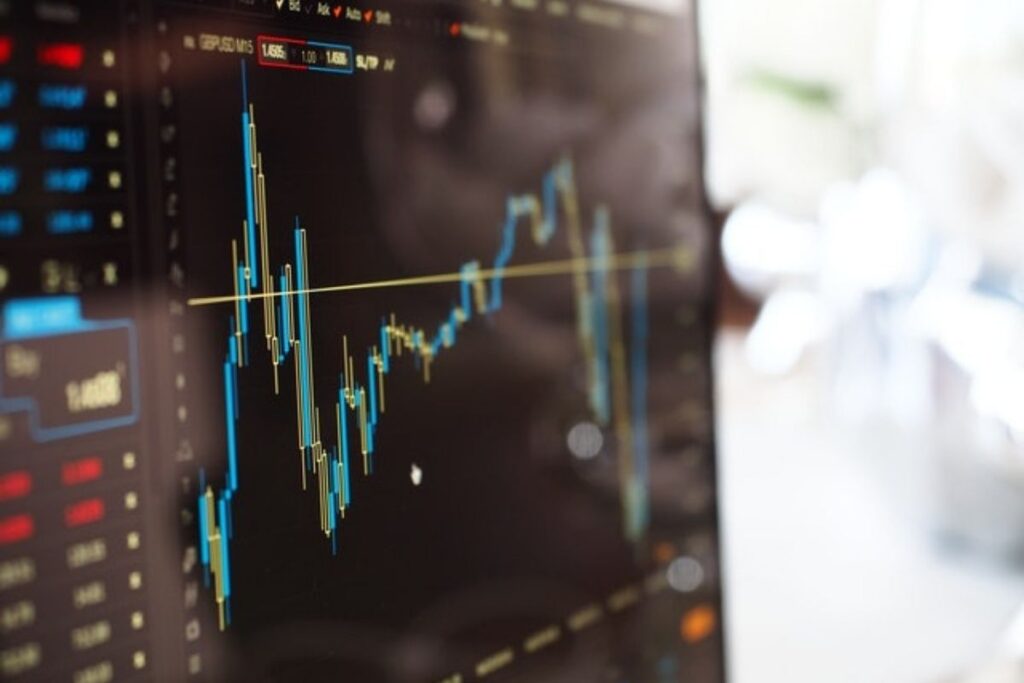
Advance Analytics
“Everyone predicts the future, but the one who has accurate data predicts more accurately.”
Advance analytics is a process built upon the foundations of data modeling and machine learning. In data modeling, a large amount of data is organised using advanced computational systems. This along with machine learning can make the data management process, an automated system. This can improve decision-making by a substantial margin. By making good use of these data analytic techniques, advanced analytics can do various things like detecting unnoticed frauds or creating an accurate perception of the end user.
Tracking business executions, and reporting their effect on products and experiences from customers is one of the best ways to engineer the business process and improve over time. We at AMAY help businesses research, plan, execute and maintain end-to-end analytics systems on the scale. Our solutions are efficient and scale with the growth of the product acceptance with grid-level infrastructure.
Why Amay Design Solutions?
- End to end solution
- Experienced engineers
- Out of the box research capabilities
- Resource utilization with efficiency
- Industry-specific professionals
The four types of analytics are usually implemented in stages and no one type of analytics is said to be better than the other. They are interrelated and each of these offers a different insight. With data being crucial to so many diverse sectors- from research, and manufacturing to developed products, most companies rely on one or all of these types of analytics. With the right choice of analytical techniques, big data can deliver richer insights for companies.


Analytics
- Descriptive Analytics: Describing or summarizing the existing data using existing business intelligence tools to better understand what is going on or what has happened. Usually, this is performed manually by asking verbal questions and writing their answers in text format. After this, the data may be arranged into graphs, and charts for further examination. Descriptive analysis process is about answering the question, “What happened?”
- Diagnostic Analytics: The result of the analysis is often an analytic dashboard. Diagnostic analytics comes after the acceptance of the issue or the insight in question. This tries to answer the question, “Why did that happen?” This process is about finding correlations between different varying factors. This should be seen as the next logical step after the descriptive analytics process. This can help you pinpoint all the issues which can then provide you with an objective-oriented problem-solving approach.
- Predictive Analytics: Emphasizes on predicting the possible outcome using statistical models and machine learning techniques. It uses data to predict future trends or issues that may arise so that we can make better decisions to avoid these from turning into huge catastrophes. It uses old data along with forecasting some scenarios to create a prediction. This prediction is then used to plan future objectives. An accurate predictive analysis can help you make better marketing and design decisions. The predictive analysis process is about answering, “What might happen in the future?”
- Prescriptive Analytics: It is a type of predictive analytics that is used to recommend one or more courses of action on analyzing the data. This process is used to formulate a proper course of action. This is the analytics that majorly focuses on manifesting an action plan. Machine learning can use the data to provide a course of action that is quick and accurate. But there are some decisions that can not be left to AI or machine learning. These decisions cannot be a result of analytical reasoning. Some of the decisions need to be based on creativity and innovative thinking. There are also some intuitions that can be drawn that are more effective than actually taking a data-oriented decision.

